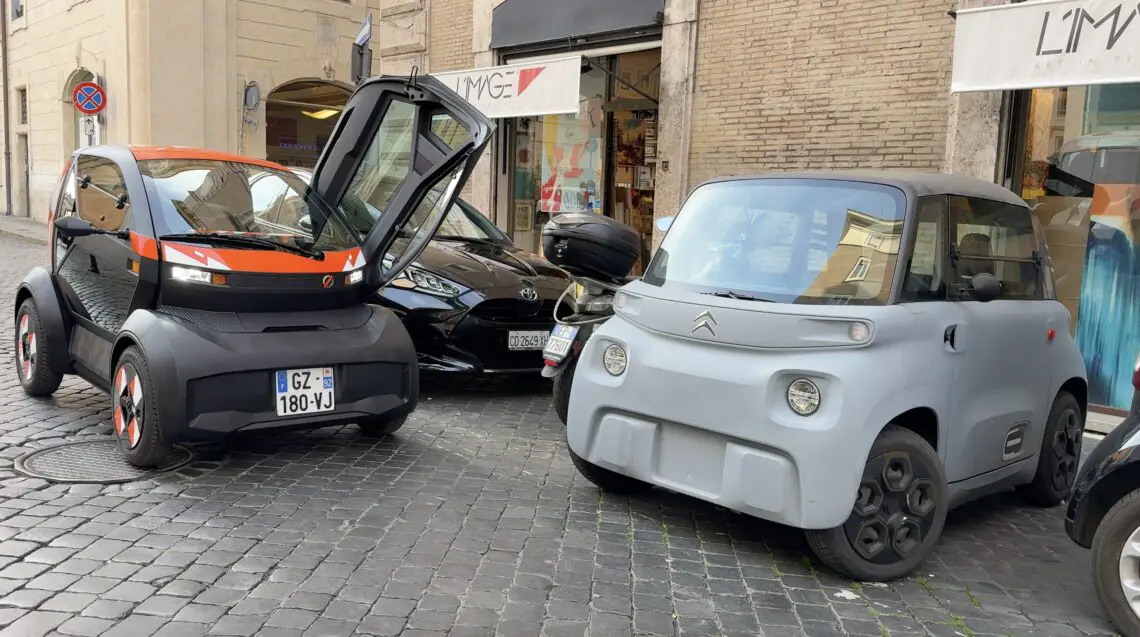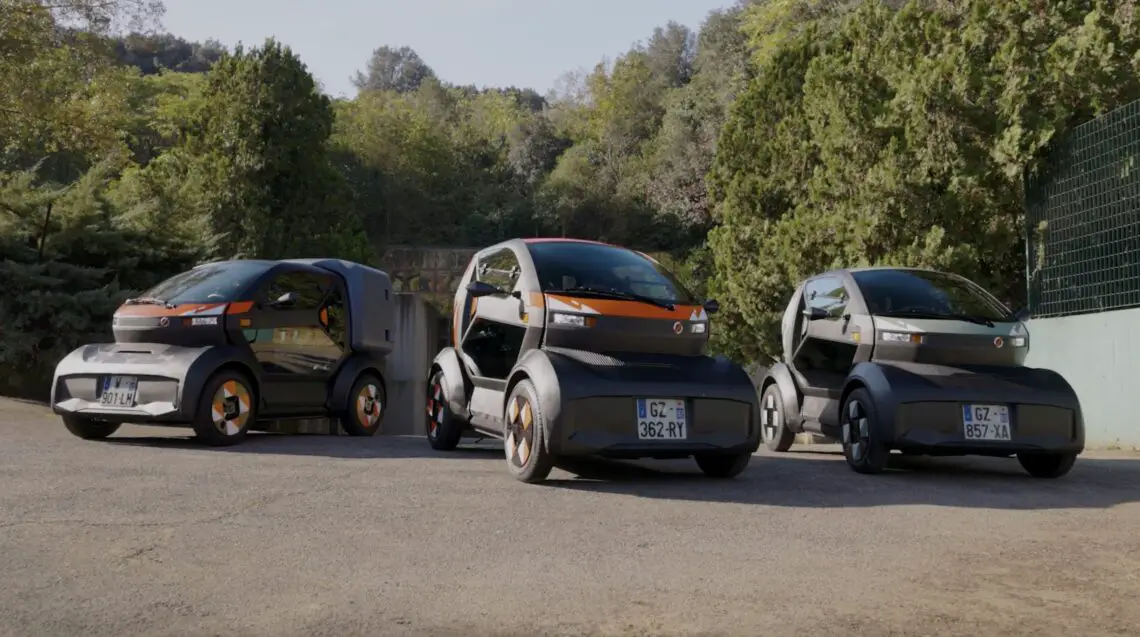Laurens van den Acker (Renault Group): “L6 and L7 vehicles count in manufacturer’s CO2 average”
Fleet Emissions
Currently, L6/L7 vehicles are not yet included in a manufacturer’s CO2 average. How that works. A car manufacturer’s CO₂ average, also known as fleet emissions, is a calculated average of the CO₂ emissions per kilometer of all cars sold by that manufacturer. This average is important because car manufacturers in Europe must meet strict CO₂ standards, set annually by the European Union.
Average calculation
Emissions are calculated based on car weight and fuel type (gasoline, diesel, electric, hybrid). Emissions are recorded for each car sold, creating a weighted average of emissions per kilometer for the entire fleet.
Target values by manufacturer
Each manufacturer has a specific CO₂ emissions target based on the weight of its fleet. Manufacturers selling electric or plug-in hybrid cars benefit from lower average emissions. This is because electric cars are registered as “zero emissions. This can significantly lower the fleet-wide average. Plug-in hybrids also contribute, although depending on their emissions they have slightly less of an effect.

Super Credits
Until a few years ago, manufacturers could use “super credits. Here, an electric car counted more heavily, giving manufacturers more “credits” to lower their average. Although these super-credits are declining, manufacturers sometimes have other ways to positively influence their average.
Fines when exceeded
If a manufacturer exceeds the set CO₂ limit, a fine follows. The fines are substantial and are calculated based on the number of cars sold and the exceeding of the limit. This encourages manufacturers to keep their emissions as low as possible and invest in more fuel-efficient or electric vehicles.

Strategies and collaboration
To avoid penalties, some manufacturers pool their emissions with other brands. This is called “pooling,” where a brand with lower emissions can team up with a brand that has higher emissions. This helps them meet the standards together.
These regulations encourage car manufacturers to develop vehicles that emit less CO₂ and to increase the share of electric and hybrid cars. By doing so, they are trying to keep their fleet’s average CO₂ emissions low while meeting the EU’s increasingly stringent requirements.
More attention
According to Laurens van den Acker, vehicles in the L6 and L7 segments deserve much more attention. After all, they are perfectly capable of getting people from A to B, for example, in busy cities. The ecological footprint of such a vehicle is also a bit smaller. “You will see that many more car brands will enter the market with L6/L7 vehicles, once these vehicles are allowed to be counted in a manufacturer’s average CO2 measurement. Then it will be much more interesting for other brands to enter this market.”
Few players
Several brands are already active in the L6 segment – if it is an electric model we are talking about an L6e – think Fiat with the Topolino, Opel with the Rocks Electric, Citroën with the Ami, Microlino with the Lite and Mobilize – Renault Group’s mobility brand – with the Duo 45. These vehicles have a top speed of 45 km/h and a maximum power of 6 kW (8 hp). Vehicles in the L7/L7e segment are still quite scarce. Microlino has a model and Mobilize supplies a Duo 80 or Bento 80. Other examples are the XEV YOYO and the Silence S04. The well-known car brands are generally still conspicuous by their absence in these vehicle segments.

